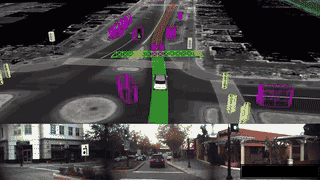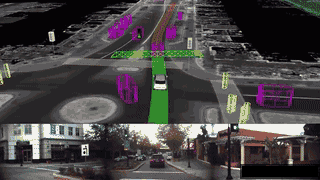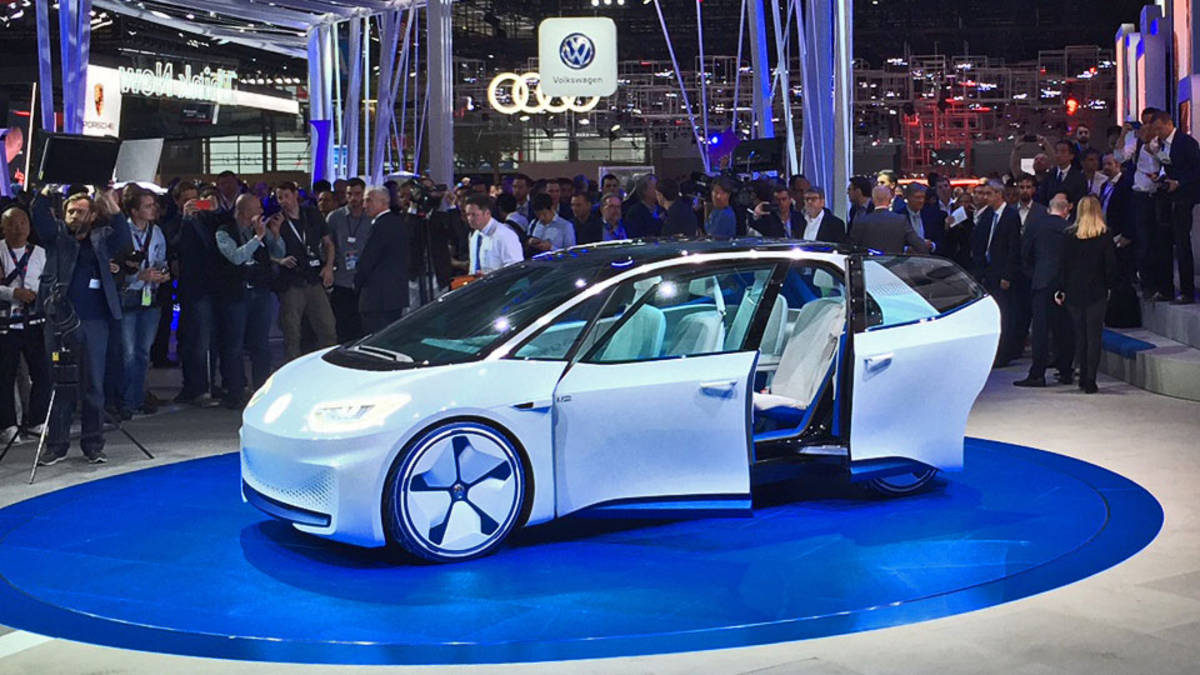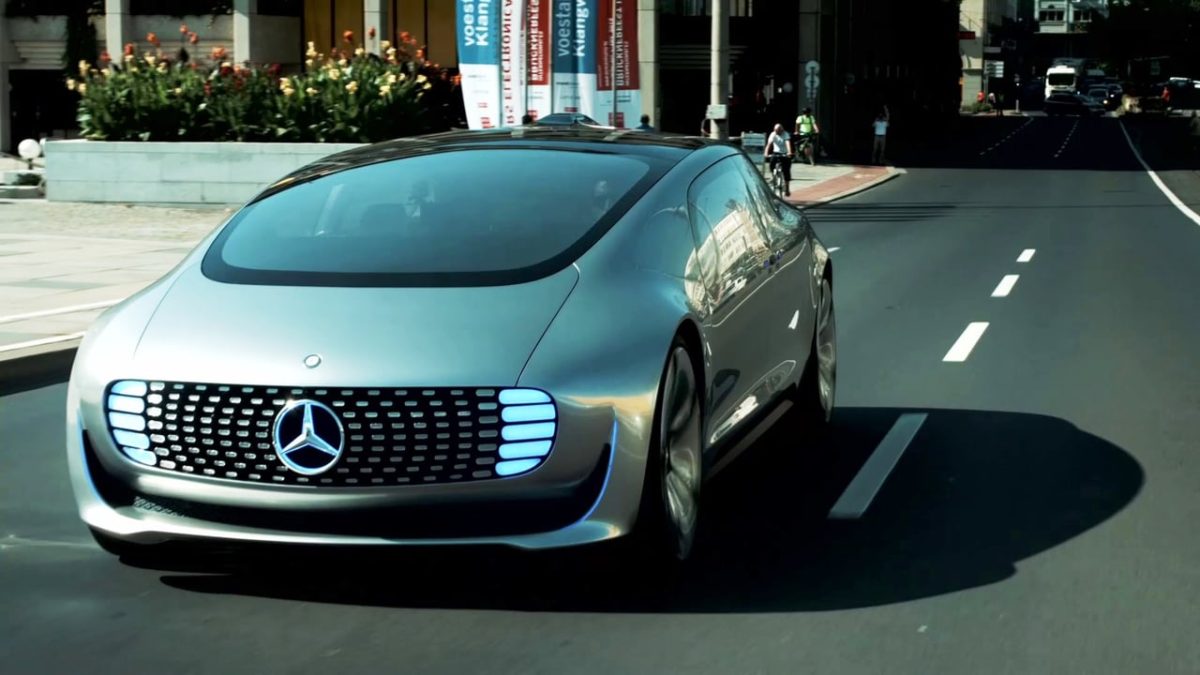The WHO (2021) estimates that every year, 1.3 million people die as a result of road traffic crashes. This is equivalent to 7,5% of the Netherlands’ population. What is more important about these figures is that according to the U.S. Department of Transportation, 94% to 96% of the traffic crashes in the U.S. are related to human error and could be prevented. Additionally, when analyzing the same figures from an economic point of view, the WHO (2021), also states that traffic crashes cost most countries 3% of their gross domestic product. Then, isn’t it the best solution to replace the source of accidents, namely, human drivers?
Currently, several companies are developing the technology to create cars that can drive all by themselves in most weather conditions, which is known as Level 4 Autonomy (with level 5 being the most autonomous, under all conditions). A company called Waymo is already well advanced in the development of self-driving taxis, already operating in Phoenix and San Francisco. Each car uses different tools to detect every moving and stationary object around it (such as LiDAR, 29 visual cameras, Radar, Inertial Measurement Unit, and other supplemental sensors), and by mapping their trajectories, they run several future scenarios to predict the most likely movement for each object. Then, it acts accordingly to the most likely trajectory to be followed by them. A representation of how the car identifies objects can be seen below:

In 2019, Waymo released a study indicating all the accidents their cars were involved in during the 9.8 million kilometres travelled by then. There was a total of 18 accidents, of which none led to serious injuries. But the most interesting part is the common factor in the reason behind every accident: humans breaking traffic laws. Furthermore, 3 of the 18 incidents were related to pedestrians and in all three of them, the Waymo vehicle was stationary and pedestrians ran into the vehicle.
Using the information gathered so far until 2021 (many more kilometres have been travelled than the 9.8 million of 2019), the company is generating several virtual scenarios that allow feeding the software with an additional 24 billion miles of travel’s worth of information. Using Machine Learning, the software that controls vehicles is becoming more and more intelligent and will eventually be able to reduce even more the number of accidents. This process could be greatly accelerated if the cars were used in every city of every country.
There are many reasons for the future of transportations to be autonomous that we must sit for a moment and think of some implications: Deaths related to traffic could be severely decreased and countries would not need to spend so much money trying to prevent or mitigate the results. Disabled people could move without problems. Cars that are having a wasted value parked 95% of the time could be replaced by autonomous taxis. We could turn parking lots into green areas. Cars will eventually be able to communicate with each other, importantly decreasing traffic jams, and many more.
This technology will change the way we understand transportation in the medium term and will contribute to a better world.
If you want to learn more about this topic, I recommend the following video:
References:
https://www.veritasium.com/videos/2021/7/23/why-you-should-want-driverless-cars-on-roads-now
https://crashstats.nhtsa.dot.gov/Api/Public/ViewPublication/812456




